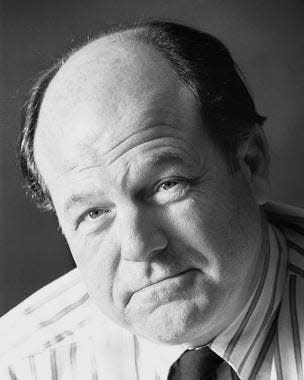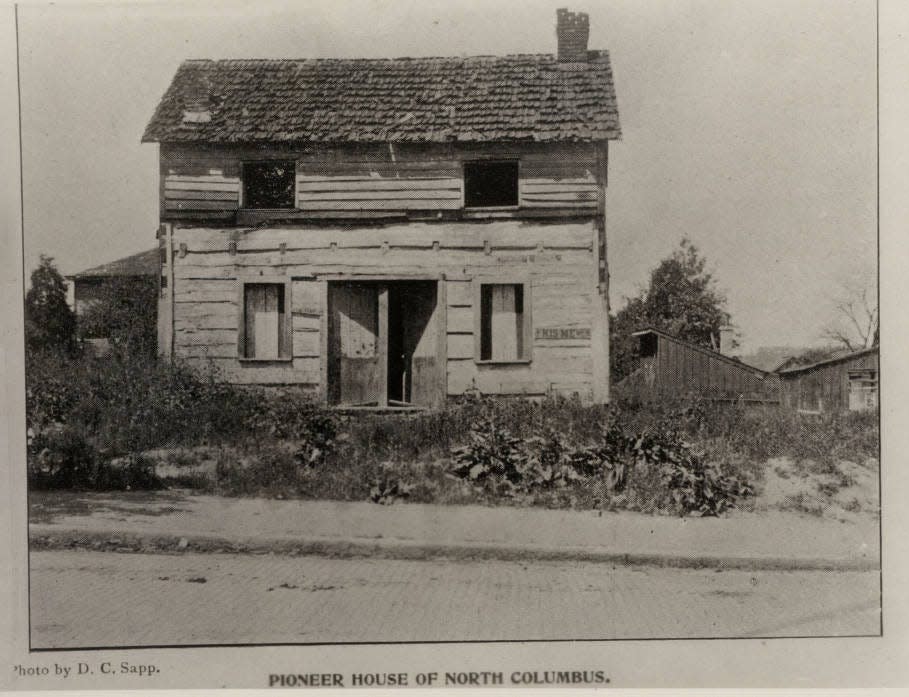David Beers, large family had adventurous, enterprising lives

Today, we do not think of New Jersey as a battleground.
But in the 1750s, Sussex County New Jersey, was at the edge of a dangerous frontier. Nevertheless, land was cheap and/or available there. So it was to that place that the Beers family moved after David Beers was born in Fairfield, Connecticut, in 1746.
It was in Sussex County, that the great adventures of David began in earnest. When he was 7 and his sister was 2, they went riding with their mother. They were captured by a war party of Native Americans. Separated from their mother, the children never saw her again.
David and his sister were taken to Canada and were adopted tribally at that time. David remained in Canada for seven years until he was repatriated at the end of the French and Indian War.
Adopted into the Wyandot nation, his sister married a Wyandot Methodist minister named Between the Logs and took up residence on the Wyandot reservation near Upper Sandusky. Many years later, when both were in their 50s, they met once again. David tried to persuade his sister to leave with him, but she was happy where she was and she stayed with the Wyandots.
David remained a friend to Native Americans. He spoke their languages and knew their ways. Continuing to live on the frontier, David married Elizabeth Schlegel in 1783 in Southampton, Pennsylvania, and the Beers family would eventually grow to include 10 children.
In 1802, the Beers moved to Fairfield County. In 1803, they moved to Franklin County and acquired a homestead along High Street at the south side of what today is called the Glen Echo Ravine. It was there that the Beers family built a two-story log house in 1804.

The house still stands and is a wonder to behold. It is arguably the oldest surviving standing structure in central Ohio. Carefully crafted, the house consists of squared logs requiring little chinking. With dovetailed joints, the house is covered with wooden plank framing and holds a large fireplace. The house stayed in the family for many years.
In 1904, the house was acquired by artist and daredevil Conn Baker. Baker was a collector of log houses and moved the Beers cabin and its fireplace to a new home at 30 E. Norwich Ave., where it stands today.
Beers was a busy fellow. In the wake of the Greenville Treaty of 1795, the southern two-thirds of what is now Ohio was opened to national settlement. Most Native Americans left the state, with the exception of reservations for Shawnee and Wyandot people.
Those Native Americans who stayed continued to live off the land and undertook trading with friendly local residents. Beers was one of those traders, and his home was always open to Native Americans.
He was helpful to American soldiers as well. A local account recalls the experiences of artillery Capt. Daniel Cushing and Lt. Joseph Larwill in the War of 1812.
“On the snowy New Year’s Day of January 1st, their company got stuck on the Worthington Road near the Beers farm. The Captain and the Lt. stayed with their two wagons while the other officers and enlisted men took shelter in the Beers cabin and barn. The next day they had to leave some equipment in the barn to get the heavily laden wagons moving.”
Beers was open to farming, trading and other enterprises as well. In 1810, he built a crude mill along the stream called Whetstone Creek that we today call the Olentangy River. With no other mill close by, the mill did quite well.
For many years a greatly expanded and modernized mill was operated and managed by the Piatt family and the place came to be called the Piatt Mill. Ohio poet John James Piatt grew up at the mill and is believed by some to have been inspired by his surroundings. The mill burned in 1902, but its foundation stones are still in place along the Olentangy River.
The children of David Beers were as enterprising as their father. Two of his sons, George W. and Solomon, laid out a 40-acre town plan that was called North Columbus. That neighborhood was successfully constructed and was home to military units during the American Civil War. North Columbus eventually was annexed into the growing city of Columbus. Another son, David Jr., was a hunter and became known for the number of deer and other animals he killed.
Outliving his first wife, David Sr. married Mary Parkinson in 1833. He outlived a lot of people until his death in 1850 at the age of 104.
David Sr. is buried in Union Cemetery. His tombstone is relatively new and replaced an original stone that had become unreadable with age.
Local historian and author Ed Lentz writes the As It Were column for ThisWeek Community News and The Dispatch.
This article originally appeared on The Columbus Dispatch: Columbus' Beers family had adventurous lives in 1800s

